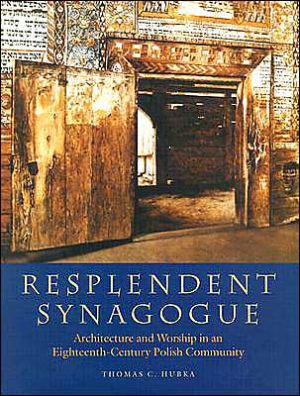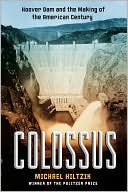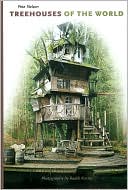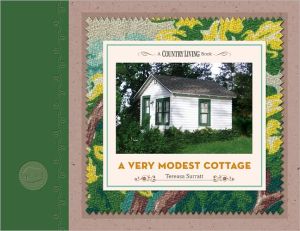Resplendent Synagogue: Architecture and Worship in an Eighteenth-Century Polish Community
Thomas C. Hubka, an architectural historian known for his work on American vernacular architecture, immersed himself in medieval and early-modern Jewish history, religion, and culture to prepare for this remarkable study of the eighteenth-century Polish synagogue in the town of Gwozdziec, now in present Ukraine. Hubka selected the Gwozdziec Synagogue--one of the finest examples of a small-town wooden synagogue from the former Polish-Lithuanian Commonwealth--because of the completeness of its...
Search in google:
A provocative interpretation of the art and architecture of a pre-modern wooden synagogue illuminates the social, historical, and religious context of an Eastern-European Jewish community."Hubka's book exhibits a fine blend of scholarship, accessibility, and panache. In fact, Hubka's is the only book in the field of Jewish architecture that attempts to contextualize a building with such specificity and with such a broad sense of the way it belongs in its immediate and more extensive cultural surroundings. It is unique in using architecture to fill in details of the relatively undiscovered country of pre-Hasidic Eastern Europe. The extrapolations it invites are essential to understanding the period and place, making Hubka's thesis a force to be reckoned with."
IllustrationsAcknowledgmentsTwo Grandfathers1Synagogue and Community12Conceptions and Misconceptions133Architecture234Wall-Paintings775Historical Context1236Design of the Synagogue1397The Meaning of the Remodeled Cupola151Appendix167Notes175Bibliography209Index221
\ From the Publisher"Resplendent Synagogue represents the traditional wooden synagogues of eighteenth-century Polish Jewry, and delves in magnificent detail not merely into the architecture of the structure but also into the architecture of the community and the influences on the structure by the worshipers who davened there--and the influences of the structure in turn upon the worshipers by the nature of the edifice."--The Jewish Press (New York, NY)\ "A pioneering work... the first detailed analysis of an East European synagogue on the background of both architectural and religious context... should appeal to a broad audience and belongs in serious collections of Jewish studies, sacred architecture and comparative studies." --Religious Studies Review\ "The writing is scholarly and information is presented coherently, backed with historical documentation. A plethora of historic images, maps, intricate renderings and diagrams illustrate every aspect of the long-destroyed building, its construction and its position in the community. Where information on the Gwozdziec synagogue is lacking, such as who designed and built it, Hubka draws on the history and architecture of other synagogues in Poland so that every subject has been intelligently introduced... [Hubka] illuminates the interior of the building as seen by this person, introducing the reader not only to new surroundings but also to a different time period."--Traditional Building\ "One must surely recognize the value of his work, since he has created a fundamental awareness of the social and religious functioning of these once resplendent but now lots monuments of vernacular architecture. There are very few scholars able to contribute the kind of interpretation Hbuka has providd because the task requires the combination of knowledge in Jewish liturgy, history, art, architecture, and scripture as well as an ability to work in a wide range of languages... Hubka's work has wider imiplications for many disciplines and his contribution will not fade away as research evolves." --Perspectives in Vernacular Architecture\ \ \








